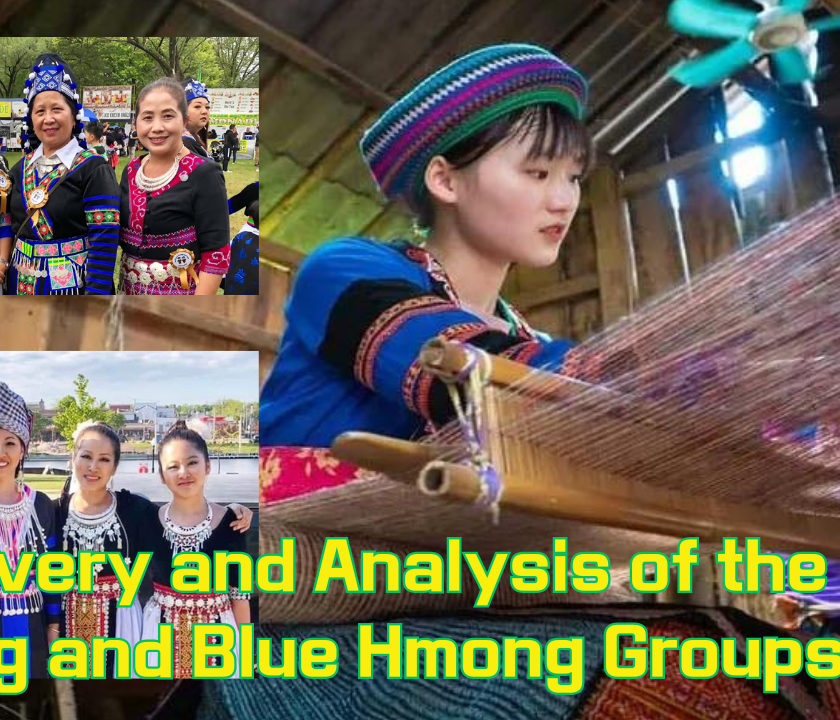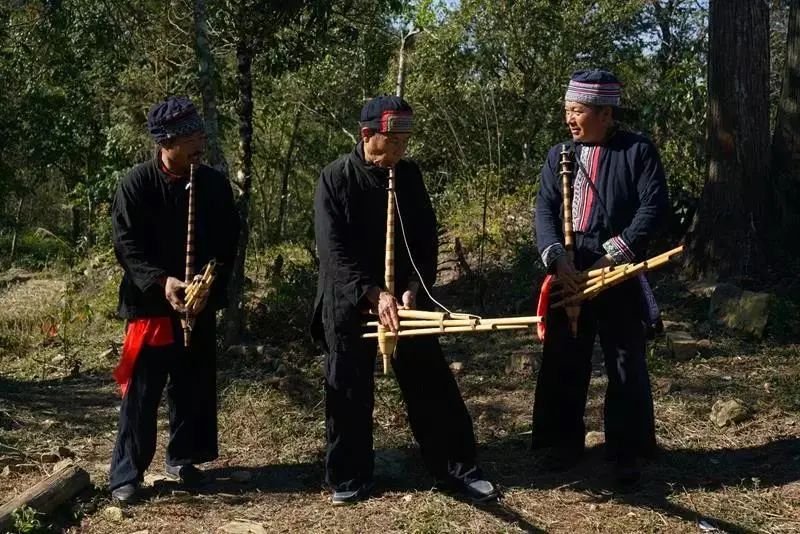Explore and Analyze the Life of the Hmong People in Vietnam

Nestled in the mountainous regions of Northern Vietnam, the Hmong people form one of the country’s many ethnic minorities, each contributing to Vietnam’s rich tapestry of cultural diversity. The Hmong are a distinct and vibrant community with their own unique traditions, customs, and way of life. In this article, we will embark on a journey to explore and analyze the life of the Hmong people in Vietnam.
Historical Background
The Hmong people are believed to have migrated from China to Vietnam over several centuries. In Vietnam, they have settled predominantly in the mountainous areas of the northern regions, including Lao Cai, Lai Chau, Ha Giang, and Cao Bang provinces. While the exact time of their arrival is not well-documented, it is estimated to date back several hundred years.
Cultural Diversity
Vietnam, as a nation, is celebrated for its cultural diversity, and the Hmong people significantly contribute to this diversity. The Hmong community is further divided into subgroups, each with its distinct language, dress, and customs. The most well-known subgroups are the White Hmong, Flower Hmong, and Black Hmong. The variation in clothing, with its intricate designs and vibrant colors, is a remarkable aspect of Hmong culture.
Traditional Clothing
Hmong traditional clothing is a visual testament to their rich heritage. Women’s attire, in particular, is a striking feature, characterized by elaborately embroidered skirts, headdresses, and intricately decorated collars. The different subgroups are identified by the colors and patterns of their clothing. These garments are often handmade by the women of the community and are passed down through generations.
Agriculture and Livelihood
The Hmong people predominantly engage in agriculture, cultivating rice, corn, and various vegetables. Their farming practices are labor-intensive, often requiring terracing of the steep mountain slopes to create arable land. This close connection to the land is a fundamental aspect of their way of life.
In recent years, some Hmong communities have diversified their livelihoods by engaging in handicrafts, particularly the production of traditional textiles and silver jewelry. These items have gained popularity with tourists and contribute to the economic well-being of the community.
Language
The Hmong people speak various dialects, with Hmong-Mien being the predominant language family. Due to their linguistic diversity, communication can be a challenge, even among different Hmong subgroups. Vietnamese is often learned and used as a common language to facilitate interaction with the broader Vietnamese population and the government.
Festivals and Beliefs
The Hmong people have a rich tapestry of festivals and spiritual beliefs. These include various ceremonies related to agriculture, life cycle events, and rituals to honor their ancestors. One of the most significant celebrations is the “New Year” festival, which marks the beginning of the lunar calendar and involves various traditional rituals, dances, and feasting.
Challenges and Opportunities
While the Hmong people have made significant strides in preserving their cultural heritage and improving their living standards, they also face challenges. Access to education, healthcare, and economic opportunities remains a concern, particularly in remote mountainous areas. Infrastructure development is an ongoing issue in these regions.
Efforts are underway to address these challenges. Non-governmental organizations and government initiatives are working to improve education, healthcare, and infrastructure in Hmong communities, with an emphasis on preserving their cultural heritage.
Conclusion
The Hmong people in Vietnam are a vibrant and culturally rich community with a unique way of life deeply rooted in the mountainous regions of Northern Vietnam. Their traditional clothing, rich cultural diversity, and strong connection to the land make them a fascinating group to explore and analyze. While they face challenges, their resilience and determination to preserve their heritage offer hope for a brighter future, where the Hmong people can continue to thrive while maintaining their unique identity within the multicultural tapestry of Vietnam.






Responses